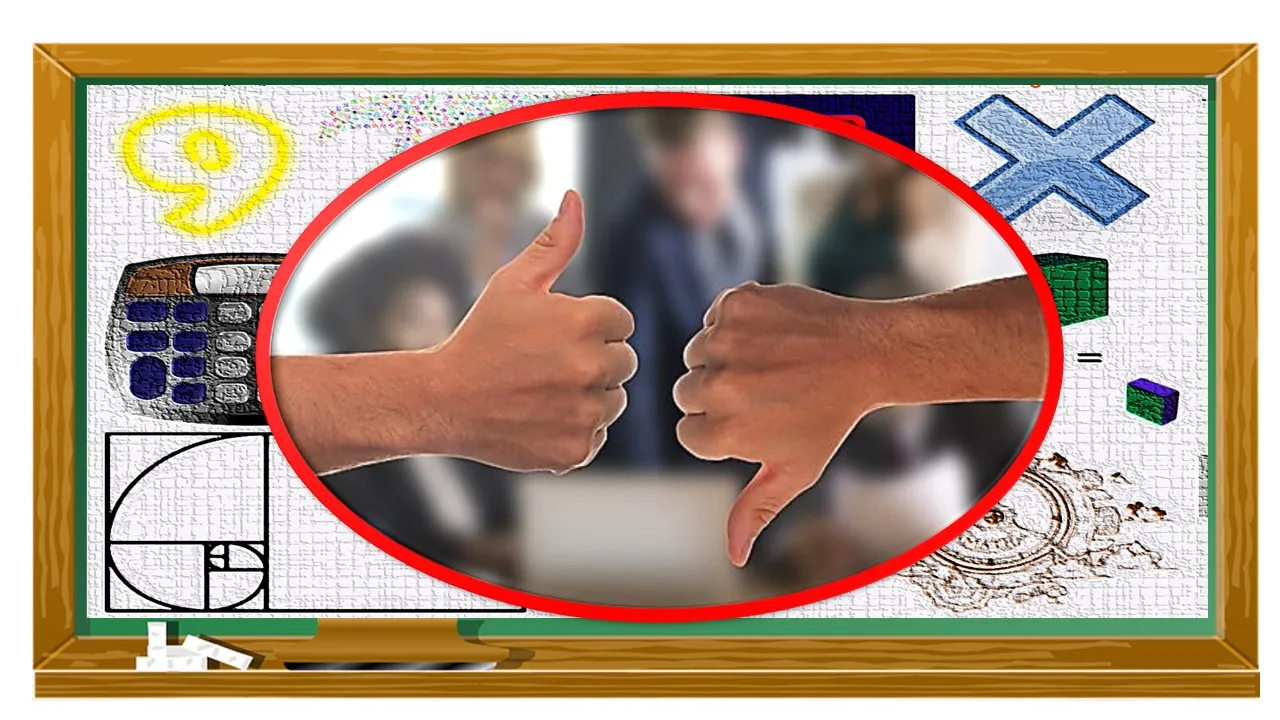No existe una verdad más palmaria que defina la verdad como un momento circunstancial en el tiempo en el cual tal verdad se evidencie. Es que la verdad no es plana ni absoluta; tiene movimiento y ese movimiento es ascendente, va evolucionando. Así lo recoge la ciencia.
Is no more glaring truth that defines truth as a circumstantial moment in time in which such truth becomes evident. It is that the truth is not flat or absolute; it has movement and that movement is upward, it evolves. This is how science collects it.

En tal sentido la ciencia, y específicamente la matemática, es un claro modelo más que por rigideces de fundamentos, principios y teoremas, por su condición de falibilidad y de dinamismo. El filósofo de la matemática Jean T. Desanti (francés, 1914-2002) expresa en su obra “Las Idealidades Matemáticas” que la teoría matemática existe en el movimiento y jamás se da una vez y nada más, sino que desarrolla un movimiento siempre abierto de encadenamientos, siendo éste su natural actividad.
In this sense, science, and specifically mathematics, is a clear model rather than rigid foundations, principles and theorems, due to its fallibility and dynamism condition. The philosopher of mathematics Jean T. Desanti (French, 1914-2002) expresses in his work "The Mathematical Idealities" that mathematical theory exists in movement and never occurs once and nothing more, but develops an always open movement of chains, this being their natural activity.
Existe una infinidad de ejemplos, en matemática, que podrían ilustrar nuestras afirmaciones y las de Desanti, pero nos centraremos específicamente en el momento en el cual la geometría euclidiana no fue suficiente para describir la realidad y dio paso al nacimiento de las geometrías no euclidianas.
are an infinity of examples, in mathematics, that could illustrate our statements and those of Desanti, but we will focus specifically on the moment in which Euclidean geometry was not enough to describe reality and gave way to the birth of non-Euclidean geometries.
Tal situación se dio a consecuencia de la imposibilidad de demostrar, por parte de un buen número de matemáticos famosos en la historia, el postulado de Euclides acerca de las rectas paralelas (el número cinco para ser más precisos).
situation arose as a result of the impossibility of proving, by a good number of famous mathematicians in history, Euclid's postulate about parallel lines (the number five to be more precise).
Es conocido en el mundo académico que Euclides (matemático griego, 325 a.n.e.) formalizó la geometría con cinco postulados en su gran obra "Los Elementos"; cada uno de esos postulados eran derivables el uno del otro a través de la deducción, menos el quinto postulado (el que definía las rectas paralelas), quedando éste pendiente. Bien; fue en 1829 cuando el matemático ruso Lobachevski demostró la imposibilidad de demostrar ese postulado, todo lo cual lo condujo a desarrollar otras geometrías; vale decir, las geometrías no-euclidianas.
is known in the academic world that Euclides (Greek mathematician, 325 BC) formalized geometry with five postulates in his great work "The Elements"; each of these postulates were derivable from one another through deduction, minus the fifth postulate (the one that defined the parallel lines), leaving this one pending. Good; It was in 1829 when the Russian mathematician Lobachevski demonstrated the impossibility of proving this postulate, all of which led him to develop other geometries; that is, non-Euclidean geometries.
Con todo esto podemos concluir que la matemática es dialéctica y en tanto ello, acusa cambios y hasta contradicciones que se van provisionalmente resolviendo a través del proceso histórico. En tal sentido debemos verla… Como una ciencia que se encuentra en proceso de desarrollo continuo (como, a final de cuentas, ocurre en todas ciencias particulares).
With all this we can conclude that mathematics is dialectical and, in the meantime, it shows changes and even contradictions that are provisionally resolved through the historical process. In this sense we must see it ... As a science that is in a process of continuous development (as, in the end, it happens in all particular sciences).
REFERENCIA | REFERENCE
Desanti, Jean-T. Les Idéalitès Mathématiques. Éditions du Seuil. París, 1968.
FUENTE DE IMÁGENES: | IMAGE SOURCE:
https://pixabay.com/es/vectors/verde-pizarra-tiza-borrador-307835/
https://pixabay.com/es/vectors/search/matem%C3%A1tica/?pagi=2&
https://pixabay.com/es/images/search/contrarios/
